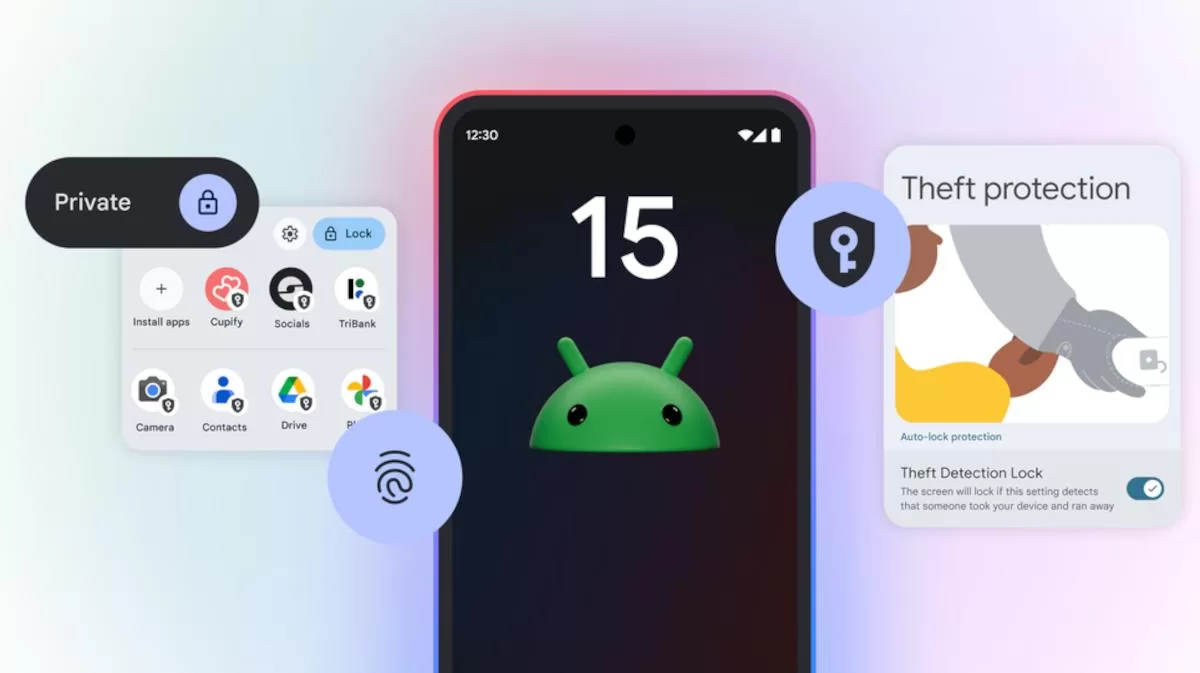We don’t change phones every year in Zimbabwe. For many of us, a phone has to last four, maybe even six or seven years. So when we buy a phone, we’re really committing to live with it for a while.
That’s why the number of years a manufacturer supports a device with Android version updates should matter more than it usually does.
It’s not just about getting the latest wallpapers or camera tricks; sometimes, those updates come with serious performance upgrades.
And we’ve just seen a great example: a hidden feature in Android 15 that makes phones up to 30% faster in some cases. But only if your manufacturer gives you that update.
Let’s explain.
A boring-sounding change that makes your phone faster
Android 15 introduces something called 16KB memory page size. It sounds technical, but the idea is simple:
Every app uses memory, and Android manages that memory in small chunks called “pages.” For years, Android has used 4KB pages, which means it processes and moves memory in 4 kilobyte bits.
Android 15 changes this for supported devices to 16KB pages. That means the phone does less work to handle the same amount of memory.
The result is:
- Apps launch faster, up to 30% faster in some tests
- The same apps perform up to 10% faster
- The camera opens quicker
- The whole system feels smoother
- Even battery life improves slightly, around 4-5% in some cases
It’s like going from carrying stuff one item at a time, to four at once. Same stuff. Less effort. If you want the technical details of how it works, you can watch this video here.
But here’s the catch
As you suspected, there’s always a catch. This improvement doesn’t come from the app updates. It only works if the phone’s system (the Android version + kernel) supports 16KB pages.
So even if you and your friend are using the exact same app, or even the same phone model, if yours is still stuck on Android 14 or lower, you miss out.
Same specs, different speeds
Let’s say you have two phones:
- Same processor
- Same RAM
- Same internal storage
- Same price bracket
One gets Android 15. The other doesn’t.
Only the one that gets the update sees this speed improvement. The other one is already behind, and it will only keep falling further as newer software expects 16KB support.
So, which brands care enough to update?
Samsung is a favourite in Zimbabwe, and for good reason. Recent Samsung phones now get four years of Android updates, with some getting seven years.
That means even the mid-range A53 launched way back in 2022 will get these performance wins.
Google Pixel (if you import one) also gets long-term support.
OnePlus, Xiaomi (certain models), and a few others all have decent update records.
But…
Transsion brands like Itel, Tecno, and Infinix?
They rarely, if ever, get major Android version upgrades. Some models launch on Android 13 and never see 14. That means you’re locked out of gains like these 16KB optimisations before you’ve even had the phone for a year.
Long support = long life
Buying a phone isn’t just about megapixels, storage and RAM anymore. It’s about the software support lifespan, because that determines how long your phone will keep feeling fast and useful.
That 10–20% price premium for a better-supported phone might sound like a lot when choosing which phone to buy, but if it means your phone is faster, smoother, and usable for a couple more years, that’s value.



Leave a Reply